Natural termite mushrooms are soft, chewy, very sweet and rich in nutrients.
In the old days, the land was vast and the population was sparse, in each square meter of land, each village, there were still wild areas, wild plants growing naturally, many dry branches and rotten leaves, which were the favorite places for termite mushrooms to grow. But even then, termite mushrooms were not abundant, not yet a commodity brought to the market, just enough for families to see them on the dinner table a few times a year, and each time they were extremely happy.
Nowadays, natural termite mushrooms are becoming increasingly rare, to the point of being rare, and the rarer the more valuable, being "hunted" by luxury restaurants, making them even more expensive, to the point that a country mother picked a few hundred grams one morning, not daring to show off to anyone, she took her basket to the market, and before she could sit down, it was all scooped up by gourmets. Well, it was enough to exchange for a few kilos of pork, enough for the whole family for a week. According to market demand, in recent years, termite mushrooms grown technologically on farms or small-scale models have appeared, but, not to mention the quality, the quantity is not much, and the price is still... difficult for ordinary people to reach.
Although familiar, termite mushrooms still hold many mysteries for people living in this Southern land for generations. Mysteries range from its name to how it appears, where it appears, and how people discover and harvest it…
It is known that every year, after about a month of rain, and most abundantly before and after Doan Ngo (the fifth day of the fifth lunar month), termite mushrooms will grow in dry but shady, airy places with many dry branches and rotten leaves, and few people's feet. "Will but not sure". Because when meeting the above conditions, there are hundreds, thousands of locations, but termite mushrooms only choose a few certain places to appear, and no one can be sure where they are. To explain this mystery, previous generations have passed down the word, termite mushrooms only grow in places where there are termite nests underneath, because termites produce mushrooms, so the name has become synonymous. This sounds reasonable, and it makes even more sense when the taste of termite mushrooms has a faint smell of... termites.
It makes sense but is not necessarily true, because science has proven that one species cannot give birth to another, and even more so, animals cannot give birth to plants (let's just consider mushrooms as plants) and in reality, there are many locations with termite nests that have never had termite mushrooms and, today, when bringing this specialty into cultivation, people use termite mushroom spores to plant in a bag of substrate, no one ever brings termite nests into the mushroom house. It is also those with experience from previous generations who have passed down that when looking for termite mushrooms, one must carefully observe everywhere, but pay more attention to the locations where termite mushrooms have appeared in previous years, because the possibility of this place is the highest. It was there last year, but it is not certain that it will be there next year, and then maybe in the years after that, or just a few steps away. Could it be that termite mushroom spores from the underside of the dying mushroom caps are still lingering in the soil? - it is possible!
It is not known how long the “mushroom sprouts” stay hidden underground, but usually termite mushrooms choose the coolest time of day, from 3 to 5 am, to dig their way up from the ground, called “soil crack mushrooms”. At this time, if you have a sharp eye, you will see small sawtooth cracks on the ground (like the cracks caused by aphids or when peanut sprouts emerge), inside is a tiny gray-white mushroom arm the size of a chopstick tip, and on top is a mushroom cap that still tightly hugs the mushroom stem.
Rising above the ground as a “mushroom bud” with a grayish-white color and gradually blackening towards the tip of the cap, exposed to the air, the termite mushroom grows rapidly, the mushroom stem is as big as an adult’s little finger, the mushroom cap begins to spread out and is called a “blooming mushroom”. A few dozen minutes later, the mushroom cap fully expands, the spores fall back to the ground one by one and when the sun rises, the mushroom stem becomes limp, the mushroom cap droops down, which is when the “mushroom dies”, closing a growth cycle of no more than five hours. Wait until the rainy season next year, the termite mushroom will return. When there are only a few mushroom arms growing side by side, people call it “orphan mushroom”, but if there are many in an area the size of a mattress or larger, it is a “termite mushroom nest”. A mushroom arm is pretty and tiny, but if you are lucky enough to find a large “termite mushroom nest”, you can harvest a kilo or more, which is also normal, it is truly “mushrooms as numerous as… termites”.
The most beautiful, most delicious, and most nutritious stage of termite mushrooms is in the “mushroom bud” stage, so families in my hometown often go out together to find and pick mushrooms before the clouds cross. Go a little early, the mushrooms have not cracked the ground, and you won’t be able to find them even if you’re tired; go a little slower, the mushrooms have wilted, and no one will take them even if you give them to them.
Back then, there was no electricity anywhere and it was rare to see a flashlight, every house was dimly lit with oil lamps. Around four o'clock in the morning, here and there in the treetops where few people passed by, the flickering light of a barrel lamp shone back and forth. A gust of wind would blow the light out, scaring the children so much that they sat there not daring to breathe, waiting for the adults to light the lamp. The mushroom was tiny, hidden among dry branches and rotten leaves, the sky was pitch black, the light was dim, no matter how sharp your eyes were, it was hard to see. Sometimes, the adults walked ahead blindly, but the children following behind saw it. Sometimes the whole family disappointedly walked back, only to be met by a neighbor's house just a few minutes later. There were also cases where several families passed by and returned empty-handed, and in the morning a whole "termite mushroom nest" was left with ashes, looking at it was heartbreaking. Therefore, the older generations believed that “termite mushrooms are like ghosts, only the “weak-hearted” would see them, and the “strong-willed” would avoid them!” In the family, the father and the grown sons were considered “strong-willed”, so the job of finding and picking termite mushrooms was almost exclusively for the women and us children. Therefore, every year after the rains, from the time the rooster crowed twice, I heard my father remind my mother:
- You and the kids, please stay awake and go to the oil field to shine the lamp to see if the termite mushrooms have grown yet?!
More bad luck than good luck, when we were lucky enough to come across a “termite mushroom nest”, all of us mother and children squatted down, mouths tightly shut, all eyes focused on the flickering light, gently plucking each mushroom from the cap down to the foot, then gently placing it in a bamboo basket to carry with us. At that time, in all the villages of the South, the land was vast and sparsely populated, the square boundaries of each house were just conventions without any fences, neighbors could freely walk around on each other’s land. When encountering a “termite mushroom nest” with a big mouth and big light, the neighbors around would step over to help, who would stop them! Rather, in the morning, seeing too many mushrooms in the basket, the mother would tell her child to bring them to the next house with a smile “a little gift, eat it for the sake of it”, sometimes for the other person, sometimes for herself, but when looking for termite mushrooms, no family ever invited another family.
When the termite mushrooms are harvested, each person in the family, big or small, holds a small knife and gently scrapes off the soil from the mushroom stem. This is the most laborious and time-consuming task in harvesting and processing straw mushrooms. After that, put the mushrooms in a large basin of water, gently wash them several times until they are clean, then scoop them out into a basket to drain. The mushrooms are not yet dry, still "soaked in water", so they can easily rot and become inedible. The parts that are ready to eat should be kept fresh, the parts that need to be preserved should be dried in the sun until wilted, then placed in a cool place, and can be saved for a whole week. Nowadays, it is more convenient, women just need to stir-fry the mushrooms until they are wilted, then put them in a sealed box, put them in the refrigerator and do not worry about them spoiling.
Natural termite mushrooms are soft and chewy, very sweet and rich in nutrients, so there are many ways to prepare them and all of them are delicious. The most popular are termite mushrooms cooked with mixed vegetable soup, termite mushrooms stir-fried with squash or scallions, termite mushrooms cooked in porridge...
In the past, when termite mushrooms were abundant and cheap, there were many mushrooms on stir-fried dishes or in soup or porridge bowls, but little meat or vegetables or squash. Now, just a few scattered mushrooms on the surface made diners happy and exclaiming. There is a dish that I still remember after decades: steaming a bowl of snakehead fish sauce until it is almost cooked, then lightly spreading a layer of termite mushrooms on top, and covering it with a lid until it is completely cooked. When the bowl of steamed fish sauce is brought to the table, the mushrooms shrink, soften and absorb into the fish sauce, creating a very unique flavor, helping the whole family eat until the last grain of rice in the pot.
In recent years, many medical studies have confirmed some valuable medicinal properties in termite mushrooms. Natural termite mushrooms are cold, non-toxic, rich in micronutrients such as calcium, phosphorus, iron, etc., rich in nutrients that are very good for the elderly and people who have just recovered from illness to nourish the body. In addition, according to traditional Chinese medicine, eating termite mushrooms regularly can improve immunity against cancer cells, anti-aging, and reduce blood sugar levels. In particular, termite mushrooms are also beneficial for regulating women's menstrual cycle...
During the years away from home, in my fitful sleep, I seemed to hear my father's voice echoing back, "Shine the light, see if the termite mushrooms have grown yet?"...
BARE COURAGE
Source link


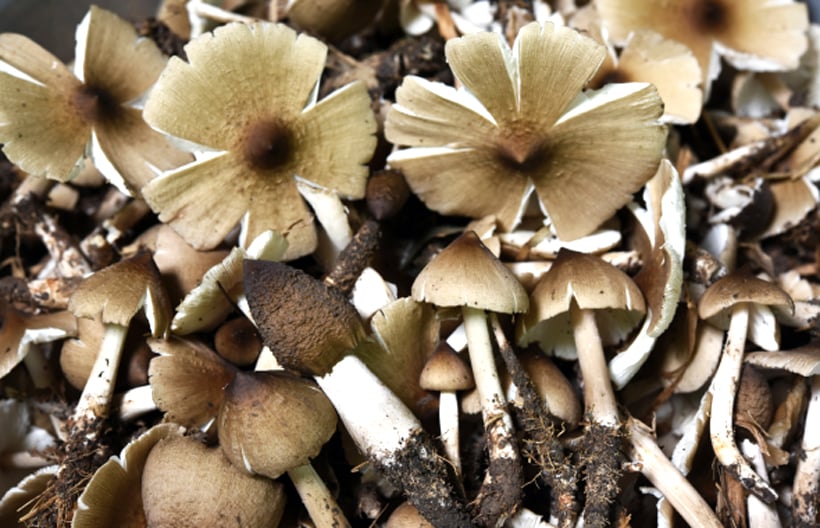






















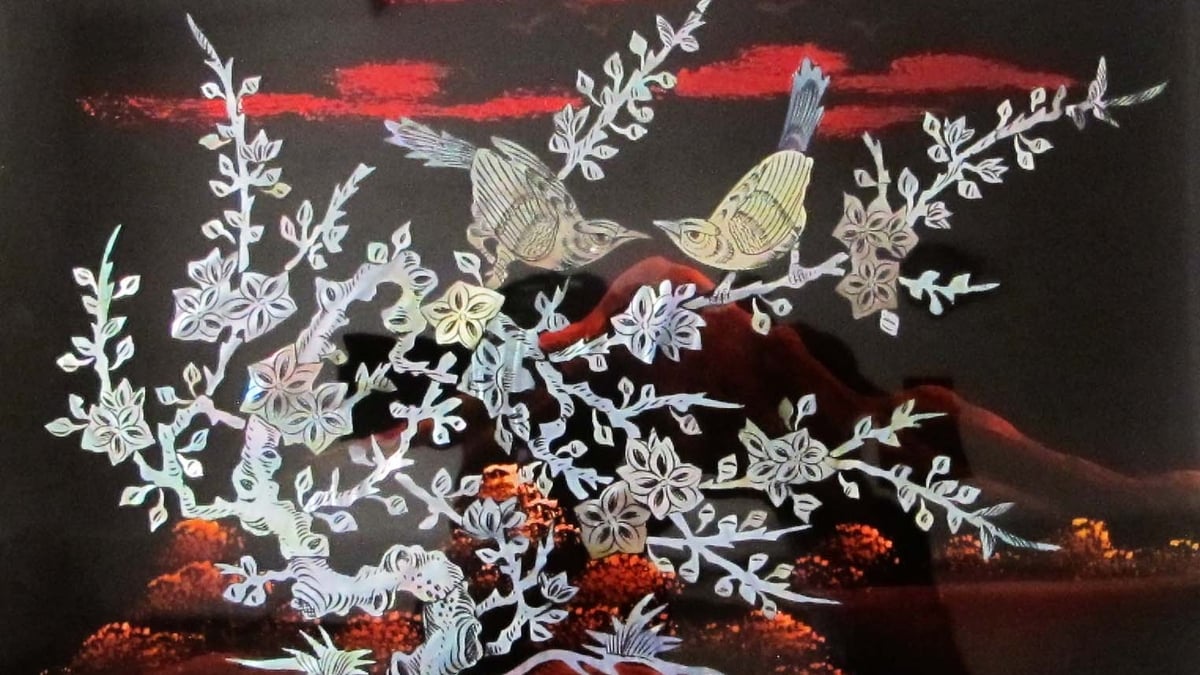









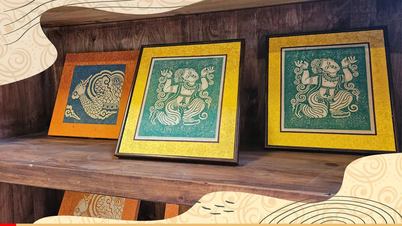






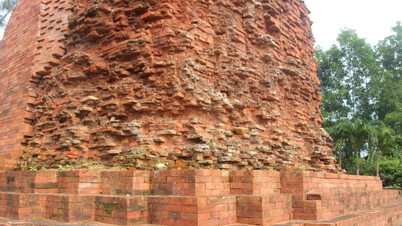






















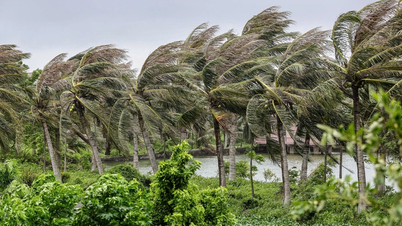
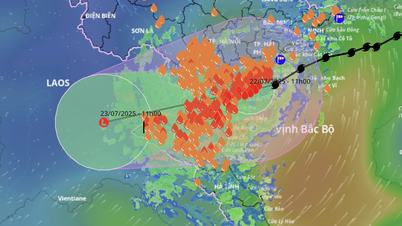

































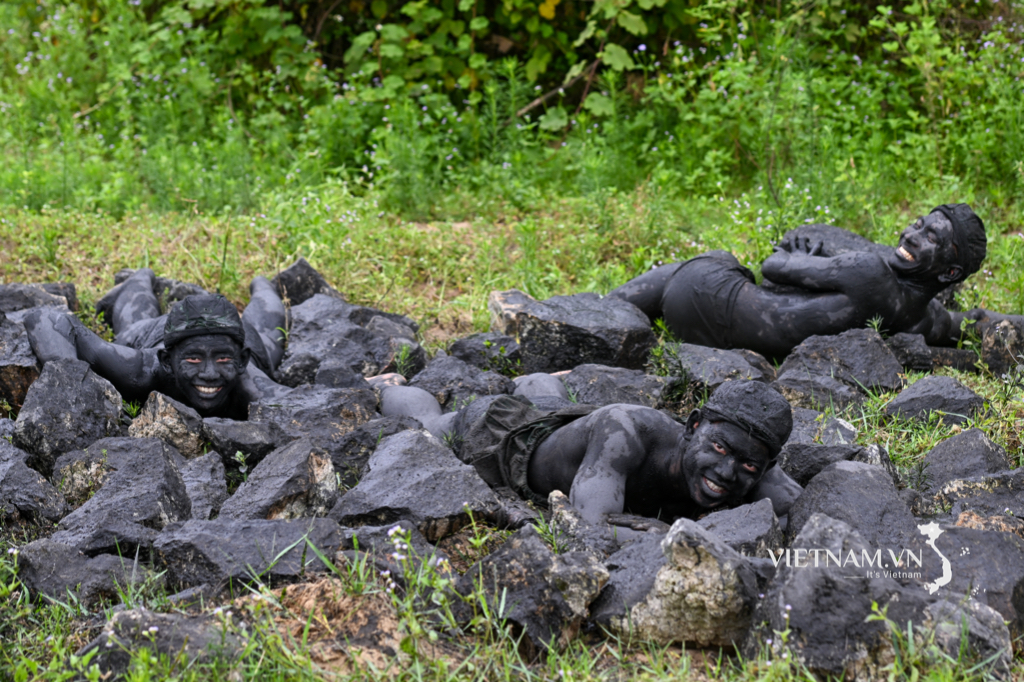


Comment (0)